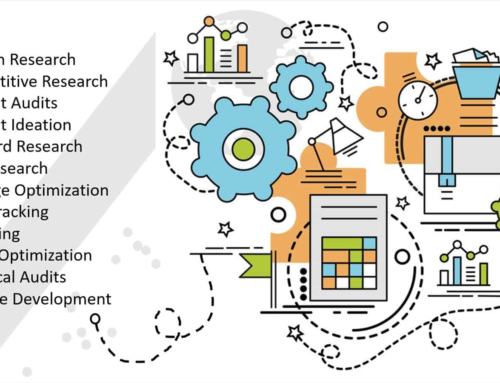Estimated Read Time: 4 Minutes
When people ask me about SEO for the first time, I often get the impression they’re expecting to hear something about “SEO Magic” – something – one small thing that will instantaneously fast-track them to the top of search results and make their phone start ringing.
There is No Such Thing
SEO is about hundreds of small things that add up over time to success or failure. It’s rarely about just one thing. When it is, it’s usually a mistake or oversight. A good example is when a single tag, a robots tag, is not set properly on the back-end of your website. Website developers will often set this flag to “no-index” when the site is under development. “No-index” tells Google the site not ready for prime time and should be ignored until that flag is reset. If the flag doesn’t get reset when the site goes live, Google will continue to ignore it and you will not show up in search results.
But even in this extreme example, when the switch gets flipped there still might still be hundreds of other things that are wrong or less than ideal and contributing to your overall low ranking and performance. By flipping that one switch, you will have effectively given search engines permission to index your site, but it doesn’t necessarily mean you’ll move on rank for the terms that are most important to your business. Nor does it mean you’ll convince people to pick up the phone and call you.
I wish I could tell you SEO was quick and easy but it’s not. The most common scenario is a website with a long list of shortcomings that need to be addressed in order to improve its performance and rankings. Shortcomings usually include things like:
- improving the back-end architecture of your website (the design and code elements that make your site findable and indexable by search engines); and
- creating content that is relevant and helpful, content that uses the same language as your search audience while, at the same time, helping them do the thing they need to do.
There are rarely easy answers. SEO is a long, slow process.
What You Can Do
There are definitely some things you can do to help yourself. The best thing you can do is to start blogging. I wrote a post about “why blog”, but ultimately it’s about putting the content your audience is searching for on your website and making sure it is relevant and helpful. Done well, your content will earn the trust and confidence of your audience, drive repeat traffic, and also earn you some of the signals Google uses to decide who ranks well in search results.
Something you can’t do for yourself but I always recommend is an SEO audit. An SEO audit identifies the things that are being done well and where there is room for improvement – both in your website architecture and content. It allows SEOs to determine what will get you the biggest bang for your buck and help you prioritize the work. It gives you far better control over the situation and your wallet.
Satisfy Your Search Audience

Image thanks to Nicholas Green on Unsplash
If there’s any magic at all to SEO, it’s about doing what’s right for your audience. People sometimes get so caught up in trying to please search engines, they forget about trying to help their audience.
Google is aware of that too. As complex as their ranking algorithm is, ultimately it’s about Google trying to make sure it gives it’s audience the best results possible. They know they need to keep searchers happy and coming back in order to maintain their market position and earn enormous ad revenue. You have to keep your audience happy too if you want to achieve the results you’re after.
Always put your audience first.
People come to your website to find information and solve problems. They rarely make an instantaneous decision to do business with you. You have to earn their trust and confidence by providing them with the information they want and need. A well-architected website ensures Google and searchers can find you. Creating relevant, high-quality, aimed-at-your-audience content keeps them coming back for more.
The Bottom Line
There is no SEO magic. It’s hard work and it takes a long time. You have to satisfy search engines AND your intended audience. There isn’t a checklist for that, and there aren’t any right or wrong answers. Ask your SEO for advice and use your best judgment. Do what you think is best for you, your business and your best prospects and customers. If there’s a question, err on the side of satisfying visitors first.
PHOTO CREDIT: Photo by Umara Shi at Unsplash







Leave A Comment